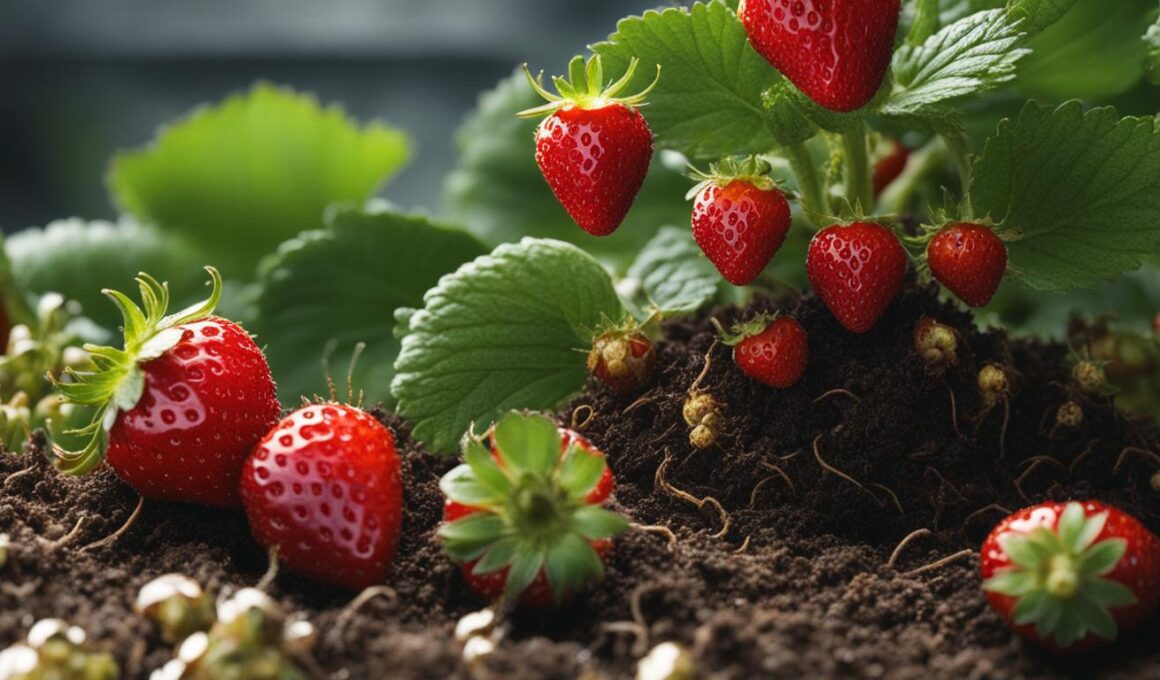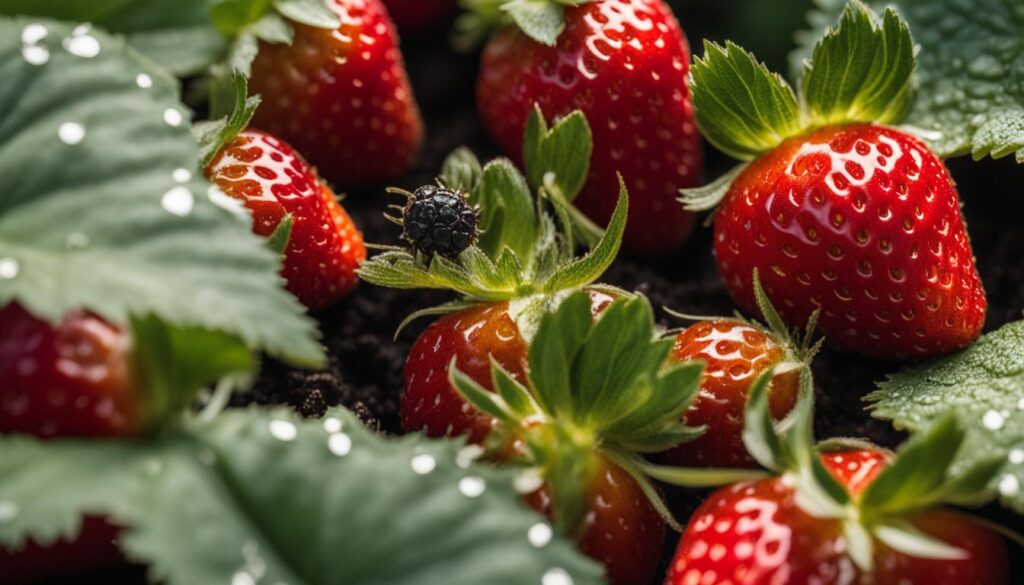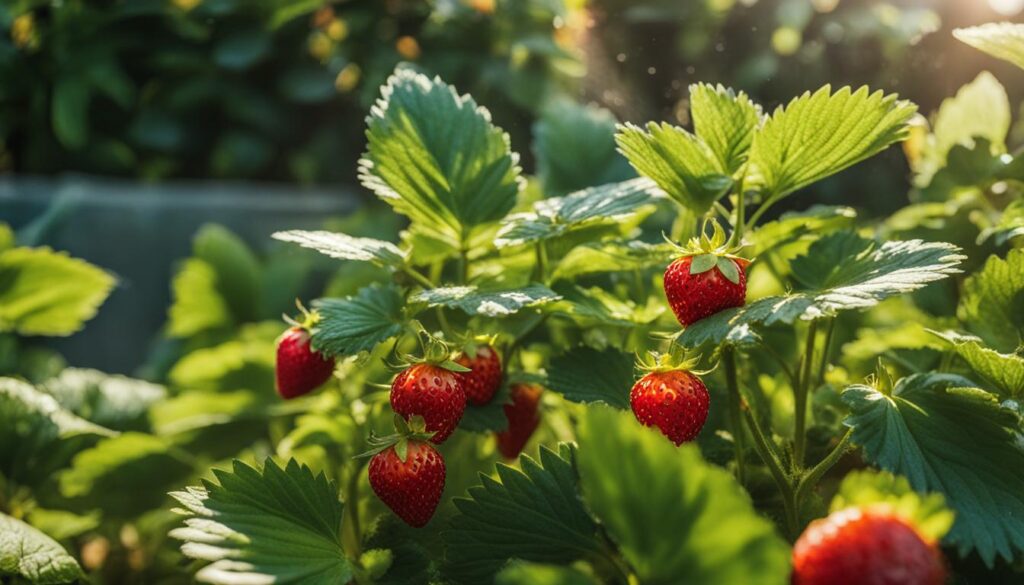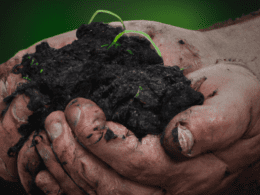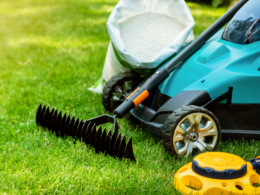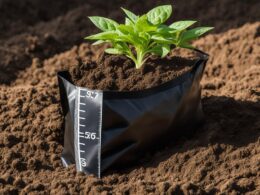Worm infestations can pose a threat to the health and productivity of strawberry plants. To effectively combat these pests, it is important to understand the types of worms that can affect strawberry plants and the control methods available. In this comprehensive guide, we will provide you with the necessary information and strategies to effectively get rid of worms on your strawberry plants and ensure bountiful harvests.
Key Takeaways
- Regularly monitor your strawberry plants for any signs of worm infestations.
- Identify the specific types of worms affecting your plants to choose appropriate control methods.
- Implement natural control methods such as insecticidal soaps and beneficial insects like ladybugs and lacewings.
- Consider using chemical control options carefully, following product instructions, and considering their impact on beneficial insects and the environment.
- Adopt Integrated Pest Management strategies to manage worm infestations while minimizing the use of pesticides.
Common Worms Affecting Strawberry Plants
Strawberry plants are vulnerable to various types of worms that can cause considerable damage to their health and productivity. It is important to be able to identify these pests in order to effectively treat and prevent infestations. Here are some of the common worms that can affect strawberry plants:
- Tarnished Plant Bug: This worm can cause dwarfed shoots and sunken areas on the fruit.
- Leafroller: Leafrollers can cause rolled and webbed leaves, leading to reduced plant vigor.
- Strawberry Leaf Beetle: These worms feed on the leaves, resulting in leaf skeletonization.
- Crown Borer: Crown borers can cause extensive root damage and weaken the entire plant.
- White Grubs: These worms feed on the roots, leading to stunted growth and poor fruit production.
- Spittlebug: Spittlebugs create foamy masses on the plant, causing wilted and discolored leaves.
- Weevil: Weevils can cause distorted and deformed fruit by feeding on the flowers.
- Japanese Beetle: These worms skeletonize the leaves and can defoliate the plant if left untreated.
- Aphids: Aphids can suck the sap from the leaves, causing yellowing and wilting.
- Spider Mites: Spider mites feed on the undersides of leaves, leading to discoloration and webbing.
Identifying these worms early on can help you take the necessary steps to control their populations and minimize damage to your strawberry plants.
Comparison of Worm Characteristics
| Worm Type | Damages | Feeding Behavior | Control Methods |
|---|---|---|---|
| Tarnished Plant Bug | Dwarfed shoots, sunken areas on fruit | Feeds on stems and fruit | Insecticidal soaps, fruit tree sprays |
| Leafroller | Rolled and webbed leaves | Feeds on leaves | Beneficial insects, insecticidal sprays |
| Strawberry Leaf Beetle | Leaf skeletonization | Feeds on leaves | Handpicking, insecticidal sprays |
| Crown Borer | Root damage, weakened plants | Feeds on roots and crowns | Removing infested plants, crop rotation |
| White Grubs | Stunted growth, poor fruit production | Feeds on roots | Beneficial nematodes, insecticides |
| Spittlebug | Wilted and discolored leaves | Feeds on sap | Insecticidal soaps, pruning affected areas |
| Weevil | Distorted and deformed fruit | Feeds on flowers | Beneficial insects, insecticidal sprays |
| Japanese Beetle | Skeletonized leaves, defoliation | Feeds on leaves | Handpicking, insecticidal sprays |
| Aphids | Yellowing and wilting | Feeds on sap | Insecticidal soaps, beneficial insects |
| Spider Mites | Discoloration, webbing | Feeds on undersides of leaves | Water sprays, insecticidal oils |
By understanding the characteristics and behaviors of these worms, you can implement targeted control methods to protect your strawberry plants and ensure a healthy harvest.
Natural and Chemical Control Methods
When it comes to getting rid of worms on your strawberry plants, you have the option to choose between natural and chemical control methods. Natural control methods are often preferred by those who prioritize organic pest control and want to minimize the use of chemicals in their garden. These methods include the use of insecticidal soaps, fruit tree sprays, and vegetable and ornamental insect control products. These products are formulated with natural ingredients that are safe for your plants and the environment. Additionally, you can introduce beneficial insects such as ladybugs, lacewings, and parasitoid wasps into your garden as they can help control worm populations naturally.
If you prefer a more immediate and targeted approach, chemical control methods can be effective in getting rid of worms. There are insecticides specifically formulated for fruit trees that can be used on strawberry plants. These insecticides contain chemicals that target and kill worms, effectively eliminating the pest problem. However, it is important to exercise caution when using chemical controls and follow the product instructions carefully. Consider the potential impact on beneficial insects and the environment before applying any chemical insecticides.
In summary, whether you choose natural or chemical control methods, it is essential to prioritize the health and productivity of your strawberry plants while minimizing harm to the environment. Natural control methods offer a more organic and environmentally-friendly approach, while chemical control methods provide a more targeted and immediate solution. Evaluate your specific situation and preferences before deciding on the best control method for your garden.
Pros and Cons of Natural and Chemical Control Methods
| Natural Control Methods | Chemical Control Methods | |
|---|---|---|
| Pros |
|
|
| Cons |
|
|
Integrated Pest Management for Worm Control
When it comes to effectively managing worm infestations on your strawberry plants, implementing Integrated Pest Management (IPM) strategies can be a sustainable and proactive approach. IPM takes into consideration the entire production system, including pest threats, beneficial organisms, soil health, and environmental influences. By adopting these garden care practices, you can maintain healthy strawberry plants while minimizing the use of chemical pesticides.
Regular Monitoring and Rotation
One of the key principles of IPM is regular monitoring of pest populations and beneficial organisms. By closely observing your strawberry plants, you can identify early signs of worm infestations and take appropriate action. Additionally, it is important to rotate between different pesticide groups to avoid resistance. This ensures that the worms do not develop a tolerance to the control methods used, increasing the effectiveness of your pest management strategies.
Setting Acceptable Limits and Environmental Considerations
Another essential aspect of IPM is setting acceptable limits of crop damage caused by worms. By understanding the level of damage that you can tolerate without significant yield loss, you can determine the need for intervention. Additionally, it is crucial to consider the environmental conditions in your garden. Factors such as temperature, humidity, and soil quality can impact the prevalence of worms and their potential for damage. By understanding these influences, you can make informed decisions about the timing and methods of pest control.
Disrupting Pest Life Cycles and Beneficial Organisms
Disrupting the life cycles of worms is an effective strategy in IPM. By implementing practices such as crop rotation, removing plant debris, and practicing good sanitation, you can break the cycle and reduce the population of worms in your garden. Additionally, encouraging beneficial organisms such as ladybugs and lacewings can help control worm populations naturally. These insects prey on worms and can provide natural pest control without the need for chemical interventions.
By adopting Integrated Pest Management strategies, you can effectively manage worm infestations on your strawberry plants in a sustainable and proactive manner. Regular monitoring, rotation of control methods, consideration of acceptable limits, and disruption of pest life cycles all play a role in successful worm control. By prioritizing the health of your plants and the environment, you can ensure that your strawberry plants thrive and produce abundant harvests, free from worms.
Conclusion
Now that you have learned the essential strategies for worm prevention and garden pest management, you are well-equipped to take care of your strawberry plants. By implementing these tips, you can ensure the health and productivity of your plants while keeping pesky worms at bay.
Remember to regularly monitor your strawberry plants for any signs of worm infestation. Early detection is key to preventing the spread of these pests and minimizing damage. By identifying the specific types of worms affecting your plants, you can choose the most appropriate control methods.
Whether you prefer natural or chemical control methods, always prioritize the well-being of your plants and the environment. Follow the instructions carefully when using insecticides and consider their impact on beneficial insects. Integrated Pest Management (IPM) practices can also be beneficial in maintaining healthy strawberry plants while reducing the use of pesticides.
With proper care and attention, you can ensure that your strawberry plants thrive and produce abundant harvests free from worms. Implement these strategies and enjoy the satisfaction of growing healthy, delicious strawberries in your garden.
FAQ
What types of worms can affect strawberry plants?
Worms that can affect strawberry plants include the Tarnished Plant Bug, Leafroller, Strawberry Leaf Beetle, Crown Borer, White Grubs, Spittlebug, Weevil, Japanese Beetle, Aphids, Spider Mites, and more.
What kind of damage can worms cause to strawberry plants?
Worm infestations can cause dwarfed shoots, sunken areas on fruit, rolled and webbed leaves, root damage, and leaf skeletonization.
What are some natural control methods to get rid of worms on strawberry plants?
Natural control methods include using insecticidal soaps, fruit tree sprays, and vegetable and ornamental insect control products. Beneficial insects such as ladybugs, lacewings, and parasitoid wasps can also help control worm populations.
What are some chemical control methods to eliminate worms on strawberry plants?
Chemical control methods include using bug killers and insecticides specifically formulated for fruit trees. It is important to follow product instructions carefully and consider the potential impact on beneficial insects and the environment.
What is Integrated Pest Management (IPM) and how can it help control worms on strawberry plants?
Integrated Pest Management is a holistic approach to pest control that considers the entire production system. By implementing IPM strategies, you can effectively manage worm infestations while minimizing the use of chemical pesticides.
How can I maintain healthy strawberry plants and reduce damage caused by worms?
Regular monitoring of pest populations and beneficial organisms, rotation between pesticide groups, setting acceptable limits of crop damage, understanding environmental conditions, and disrupting pest life cycles are all part of Integrated Pest Management practices that can help maintain healthy strawberry plants and reduce damage caused by worms.
How can I prevent and get rid of worms on my strawberry plants?
Regularly monitor your plants, identify the specific types of worms affecting them, and choose appropriate control methods based on your specific situation. Whether you prefer natural or chemical control methods, prioritize the health and productivity of your strawberry plants while minimizing harm to the environment.
Are the Methods for Getting Rid of Maggots in Potted Plants Similar to Getting Rid of Worms on Strawberry Plants?
When it comes to dealing with potted maggots in your plants, the methods are similar to getting rid of worms on strawberry plants. Both situations require thorough cleaning, removing any affected soil and using natural insecticides. Look for specific products or natural remedies designed for how to eradicate potted maggots and worms effectively.
Source Links
- https://www.starkbros.com/growing-guide/how-to-grow/berry-plants/strawberry-plants/pest-and-disease-control
- https://content.ces.ncsu.edu/cutworms-in-strawberries
- https://www.horticulture.com.au/globalassets/hort-innovation/resource-assets/bs15002-managing-chewing-and-biting-pests-in-strawberries.pdf





